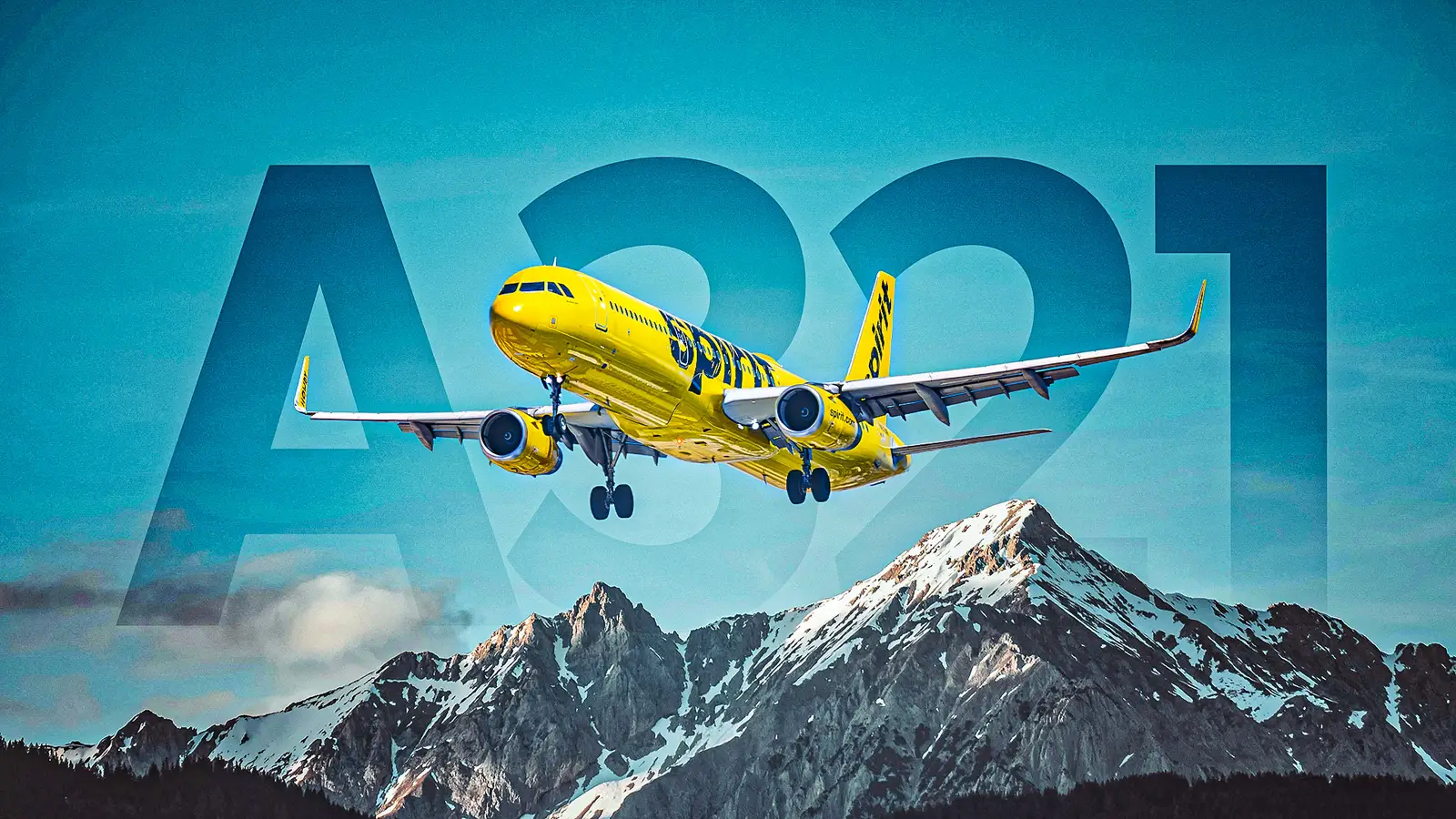Copyright Simple Flying

Florida-based ultra-low-cost-carrier Spirit Airlines could have its days numbered as the airline's finances continued to raise serious doubts about whether it will be able to sustain operations for the long term. The bright yellow airline is easily recognisable at airports across the United States, and is renowned for its no-frills approach, charging passengers for the likes of larger carry-on bags, seat selection, meals, drinks, and checked baggage. Spirit recently refiled for Chapter 11 protection in August, with the expected losses for the airline forecast to surpass $804 million this year alone. Taking into consideration the bank balance since 2020, it is expected that losses are expected to surpass $3 billion. Cost-cutting measures are already in full force, with downsizing of its fleet and route network, while also shaving its workforce and changing its core fare model, including going all in on First Class, and Premium Economy. A Third Quarter Loss The ULCC noted a third-quarter loss of $317.5 million, which was contributed to by a revenue drop of $250 million when compared to the same operating period last year. While expenses overall for the Diana Beach-based airline surpassed $1.09 billion. This has raised concerns for the carrier over minimum liquidity covenants and the ability of the company to meet its current debt obligations, and it remains slower than the rate the airline had been anticipating. This has led to substantial doubt, whether Spirit Airlines has enough funds to continue as an ongoing concern. These issues have been noted in a filing with the Securities and Exchange Commission (SEC). This is the second time that Spirit has used the 'substantial doubt' phrasing in SEC reports (including last August). A Spirit spokesperson noted the below in the filing as reported by Yahoo Finance: "Management believes there is substantial doubt about the Company's ability to continue as a going concern." $8.8 Billion In Assets Looking at the numbers of the latest filing, shows that Spirit Airlines currently has $646.6 million in cash liquidity, alongside a total asset pool worth $8.8 billion. Total liabilities related to the two bankruptcies equate to a total of $6.7 billion. Both filings outlined that the airline is struggling to maintain operations and expansion, to raise enough liquidity to lower its payments to creditors. This has seen the airline continue to face challenging headwinds in current market conditions, including elevated domestic capacity from other airlines, and weak demand for leisure travel domestically in the United States. This latest filing reaffirms that Spirit will remain in a state of debtor-in-possession and will remain under intense supervision from the U.S Bankruptcy Court for the Southern District of New York. Last month, the same court approved a total package of $1.23 billion for restructuring for the carrier, which included a total of $475 million in new debtor-in-possession financing. Facing challenging headwinds, this has seen the exit of two senior executives at Spirit who oversaw the budget, and has seen the airline cut a long list of routes, including the full exit of Milwaukee and Phoenix by early next year. The History Of Spirit Airlines Spirit Airlines was founded 42 years ago as Charter One Airlines in 1983, starting operations seven years later in 1990. The airline was rebranded as Spirit Airlines in May 1992. The carrier operates scheduled flights across the United States, with additional international operations to the Caribbean and Latin America. It is the seventh-largest passenger airline in North America. While the airline is currently aiming to shrink its fleet by more than 100 aircraft to improve its bottom line, it currently operates four different types of Airbus A320 family aircraft. Historically, the carrier has operated the Airbus A319-1000 and seven different variants of the McDonnell Douglas family. The data below is the airline's current fleet as per ch-aviation:



